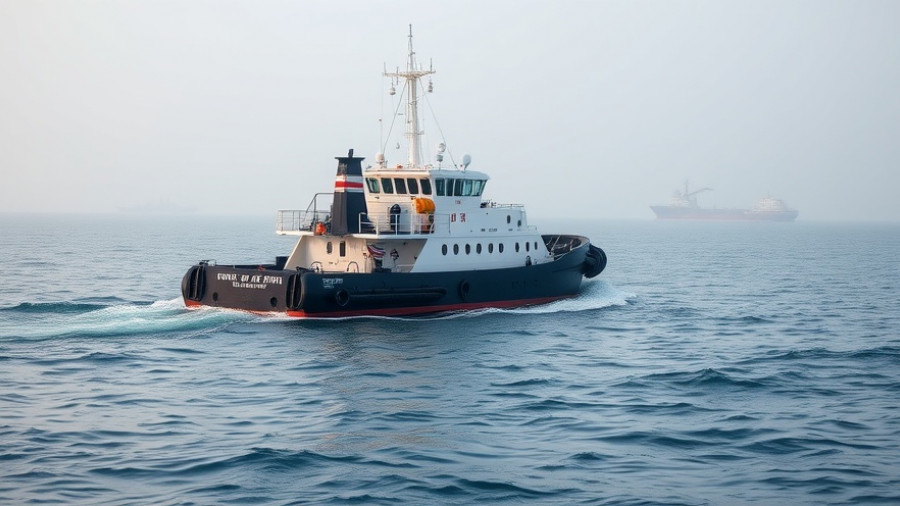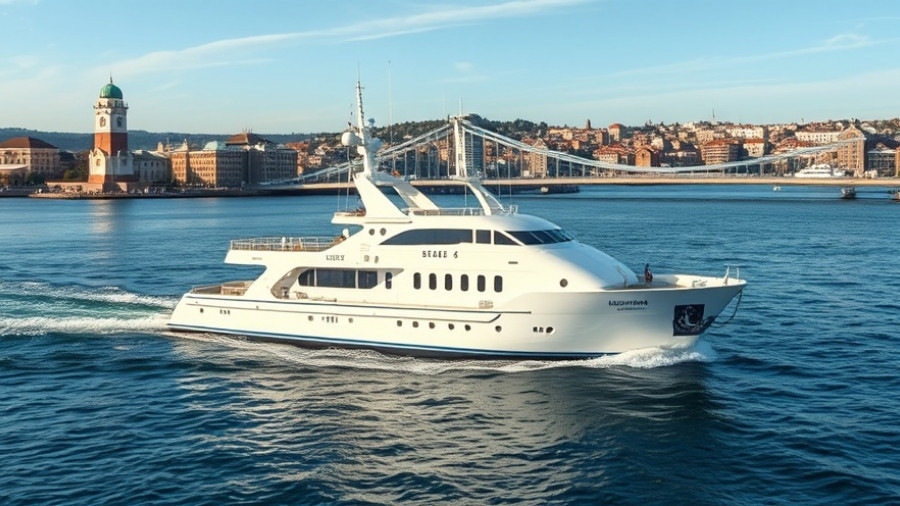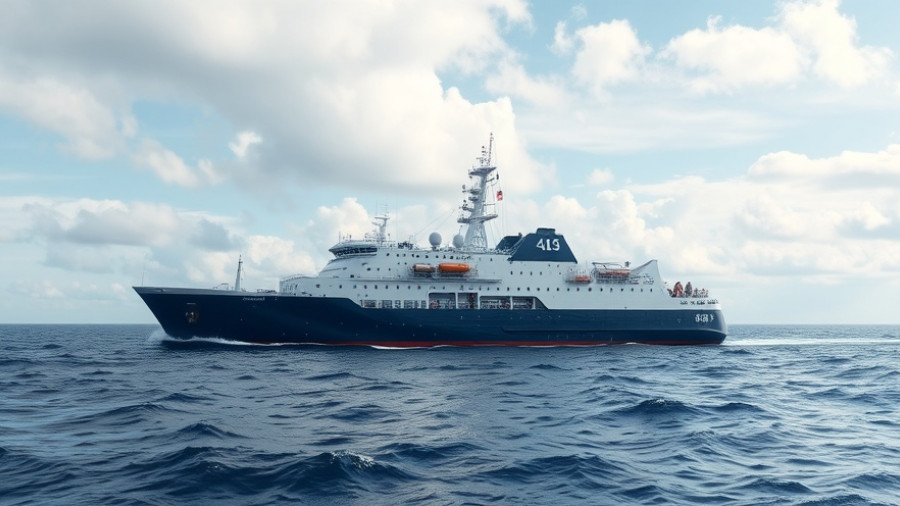
Understanding the Importance of Ballast Water Management
In the maritime industry, ballast water management (BWM) has become an essential focus due to its environmental impact. Ballast water serves to stabilize ships at sea but can inadvertently introduce invasive species into new environments. The upcoming Port State Control (PSC) Concentrated Inspection Campaign (CIC), running from September 1 to November 30 this year, highlights the critical nature of effective ballast water management. The Paris and Tokyo Memorandum of Understandings (MoUs) are spearheading this initiative, and significant participation is anticipated from other PSC MoUs, reinforcing international maritime standards.
A Closer Look at Common Compliance Issues
DNV’s 2024 and 2025 statistics revealed concerning trends in ballast water management compliance that can jeopardize environmental efforts. Key issues include the use of electronic record books without flag approval letters, mismatches between recorded entries and actual ballast operations, and outdated versions of required documentation. These discrepancies suggest that many ships may not be fully prepared for inspections, potentially incurring substantial penalties and jeopardizing environmental sustainability.
How Training and Maintenance Can Mitigate Risks
Routine training and maintenance are vital in addressing compliance issues. Regular crew familiarization can significantly improve overall operations, ensuring that documentation remains accurate and that systems are functioning as intended. DNV advocates that by integrating compliance findings into everyday practices on board, as well as routinely addressing any issues, ships can significantly improve their chances of passing inspections. Familiarity with contingency measures for the Ballast Water Management System (BWMS) can also mitigate risks during malfunction or failure. Without proper training and maintenance, crews may be ill-equipped to handle unexpected challenges.
The Broader Implications for Maritime Industry
This year’s PSC CIC places a spotlight not only on environmental protection but also on the maritime industry's future. As international regulations tighten, compliance will be paramount for operational viability. The move reflects a growing trend among ship owners to prioritize environmental management as part of their corporate responsibility. Failure to adhere to these regulations could not only incur fines but may also impact a company’s reputation and operational capabilities.
Looking Ahead: Predictions for the Future of Ballast Water Management
As the maritime industry evolves, the focus on ballast water management is expected to intensify. With increasing global awareness surrounding environmental issues, ships that demonstrate compliant and sustainable operations will likely gain a competitive edge. Companies that invest in innovative technologies and robust training programs can position themselves as industry leaders.
Conclusion: Take Action for a Sustainable Future
As we look towards the future, it is essential for stakeholders in the maritime industry to implement proactive measures relating to ballast water management. The upcoming PSC CIC serves as a reminder of the imminent need for compliance and adaptability in the face of evolving regulations. By addressing existing challenges and ensuring that crews are well-trained, the maritime community can protect our oceans while maintaining operational integrity.
 Add Row
Add Row  Add
Add 




Write A Comment